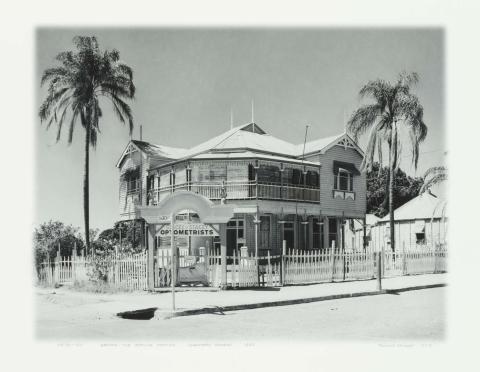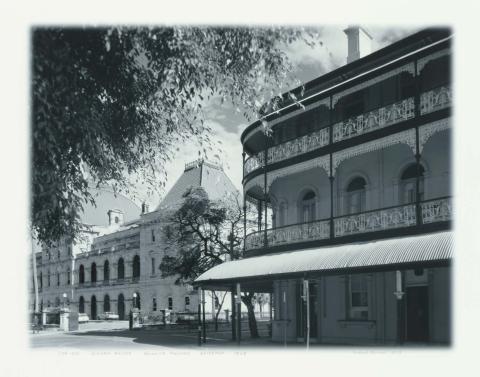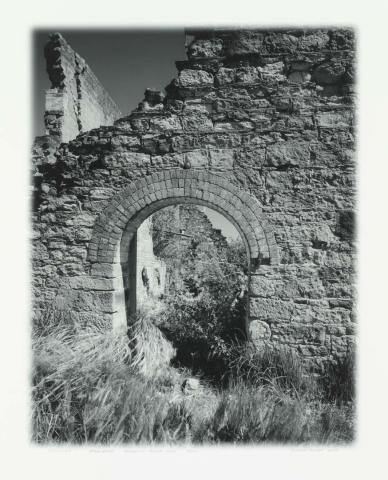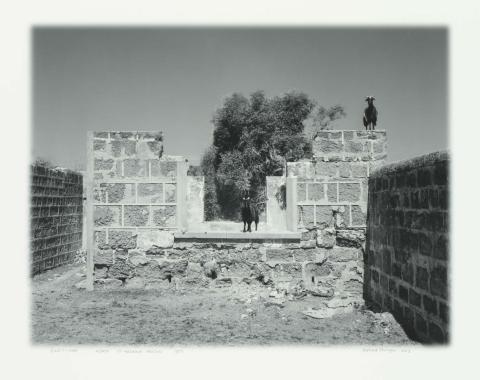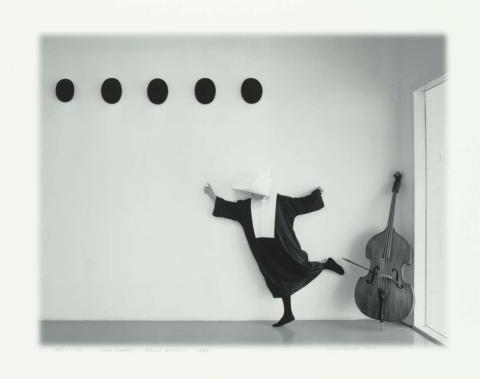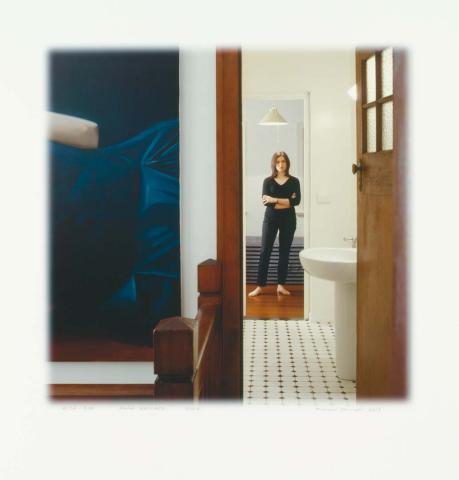STRINGER, Richard
By Michael Hawker
Artlines | 1-2014 |
The gift of 25 photographs by Queensland artist Richard Stringer, which were included in 2014 exhibition ‘Pleasure of Place: Photographs by Richard Stringer’, makes a splendid addition to the existing works held in the Gallery Collection, writes Michael Hawker.
Richard Stringer is one of Queensland’s most important photographers. His works in the Collection — which reflect his interests in architecture, interiors, industrial sites, nature and portraits — form an outstanding historical record for future generations. Stringer’s photographs explore the social and cultural contexts that have led to current conditions, while the disquieting stillness of his images often belies the noisy history of the sites depicted. Most of these works are black and white, which lends them a timelessness associated with the documentary tradition.
Stringer is one of the few photographers working in Queensland to have consistently sought out and recorded the design, craftsmanship and character of threatened buildings across the state. Over four decades, he has documented, collected and archived thousands of photographs to acknowledge what has been, what is and what may not be with us in the future. In particular the photographs, Before the service station, Charters Towers 1966 and Curtain raiser, Bellevue precinct, Brisbane 1968 show how Stringer’s architectural studies have helped him to understand what lies beneath the surface of things, and to make things visible to those of us with untrained eyes, who look too quickly or too little.
His interest in ruins and dilapidated sites also points to the romanticism that swept European art and literature at the turn of the nineteenth century and can be characterised by the fact that ‘the human race is, and has always been, ruin-minded’ and that ‘all ages have found beauty in the dark and violent forces, physical and spiritual, of which ruin is one symbol’.1 This sensibility is evident in Breezeway,Yengarie sugar mill 1974, in which Stringer records the sheer visual pleasure of the movement of grass buffeted by wind in the arched doorway of a ruined wall of the old mill — the symbol of nature taking back a landscape once inscribed with our making and dwelling. Similarly, Goats, St Helena prison 1977, depicts the creatures standing sentinel-like on the collapsing prison walls, observing the photographer as he works. In this unlikely moment, nature is seen as ultimately holding dominion over all.
Holdings also include fine portrait photographs, through which he conveys something very specific about his sitters’ individuality, as in Luke Roberts, Bellas Gallery 1988 and Anne Wallace 2004. Stringer’s portraits all share an engagement with the subject, an understanding and an appreciation of a kindred spirit. These portraits of contemporary artists play a significant part in recording the cultural life of Brisbane through its people.
Author: Michael Hawker, Curator, Australian Art, QAGOMA.
Source: Artlines 1-2014, p.48.
Endnote:
- Rose Macaulay, Pleasure of Ruins, William Clowes and Sons, London, 1953, p.20.
